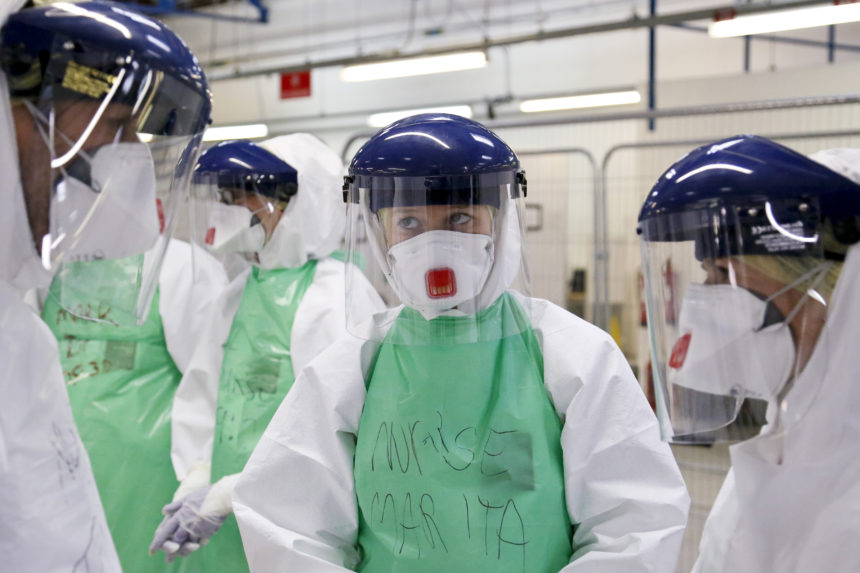2 min read
97 Views
Editorial Staff
Symptoms, diagnosis, transmission and treatment of Ebola virus disease
The incubation period is from 2 to 21 days. Humans are not infectious until they develop symptoms. The first symptoms [...]
T
he incubation period is from 2 to 21 days. Humans are not infectious until they develop symptoms. The first symptoms are the sudden onset of fever, fatigue, muscle pain, headache and sore throat, then vomiting, diarrhea, severe hepatic and renal dysfunction, and in some cases, bleedings (gums, feces etc.). Laboratory tests show a lowering of white blood cells, platelets and liver enzymes.
Diagnosis is difficult. It's not easy to distinguish the Ebola virus disease from other infections such as malaria, typhoid fever and meningitis, confirmation is obtained by using complex investigations.
Patient samples are the ultimate contagion risk, the laboratory tests must be conducted under maximum biological containment conditions.
The spread of the Ebola virus is carried by blood contact, secretions, organs or other bodily fluids of infected animals, the bats are considered a likely reservoir of the virus.
The bats were occupants of the cotton factory where the first outbreaks occurred in 1976 and 1979.
However in Africa it was documented infection also as a result of contact with chimpanzees, gorillas, monkeys, antelope and porcupines found ill or dead in the rain forest.
Transmission is by contact with organs, blood and other body fluids (saliva, urine, vomit) of infected persons (living or dead), and indirectly with environments contaminated by these fluids.
The infection is more common among families and partners, for the high probability of contacts.
It's also possible persistence of the Ebola virus in biological fluids of subjects surviving at the infection, it is currently not known how long the virus can persist in semen.
There is no authorized medicinal product for human use to treat or prevent the Ebola Virus. Over the past decade research conducted in the laboratory and in animal models they have shown promising results, but the studied molecules have not yet been evaluated for safety and efficacy in the treatment or prevention, in people.
[photo: www.flickr.com]



